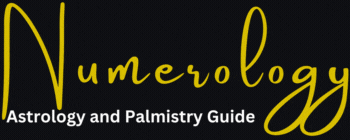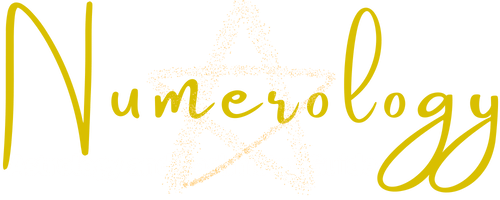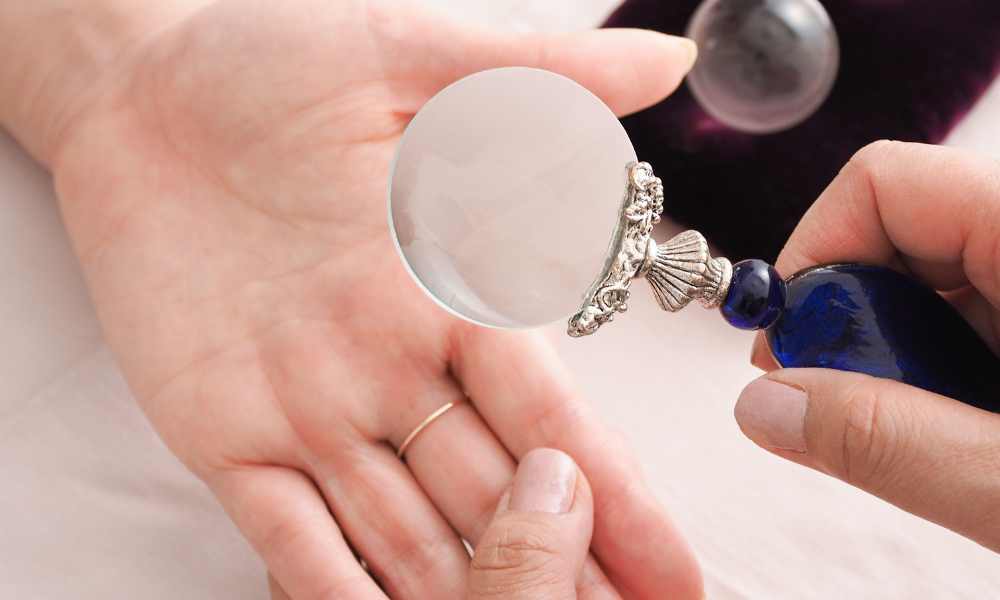
Learn Palmistry: Lesson One
The Palm
- A thin, hard and dry palm indicates a shy person with a lack of zeal or potency.
- A thick and clumsy palm tells of savage and stubbornness.
- When the palm is firm, not too large, but in proportion to the fingers, there is evenness of mind and quickness of intelligence.
- If the palm is soft and flabby, it refers to a person who is lazy, free or habitual indulgence in or enjoyment of comforts and pleasures in addition to those necessary for a reasonable standard of well-being, and often sensuality in nature.
- A hollow palm is an unfortunate sign. These people, though working hard to obtain success, receive much disappointment in return.
Learn Palmistry - Finger Length
The fingers, according to their length, are of two types- Long and Short.
- Long-fingered people are characterized by or acting in close conformity to requirements or principles and proper in manner, much concerned about their dresses and looks, and quick to notice small attentions.
- Short-fingered people are quick and hasty; they can’t be bothered with little things, and they take everything in a mass or as a group. They act by intuition and are inclined to jump to conclusions too quickly. They are not tidy, like the long-fingered people, and they care little for appearances. They are both quick in thought and action.
Fingers, thick and heavy, as well as short, denote more or less cruelty and selfishness.

Learn Palmistry- Finger Shape
There are four types of fingers, classified according to the shape of their tips. These types are- rectangular, wedged–shaped, pointed and tapering.
Rectangular Fingers in Palmistry
The finger appears to have four sides instead of a round, and the tip and the nail are practically square.
The rectangular finger indicates:
- The subject is a very conventional, law-abiding citizen
- Sincere and honest
- Lack of imagination
- Always happy and satisfied with your own knowledge.
Wedge-Shaped Fingers in Palmistry
The tip is wider at the end than at the first joint.
The wedge-shaped finger indicates:
- The subject is active, and life is filled with accomplishment
- May become a chemist, designer, architect or any career which has to do with the practical aspect of science
- Has a pioneering strain
- Restless ambition of a go-getter
Pointed Fingers in Palmistry
The tip alone, above the first joint, is pointed or rounded. The rest of the finger, below the first joint, is uniform in size throughout its length.
The pointed finger indicates:
- The subject has the sign of an artist, with all the characters of sensitive temperament
- Indication of idealism, romance, religious fervor, and the desire for love
- It also indicates too much self-interest, which may even sacrifice the welfare of friends and loved ones
- Accompanied with fleshy palm indicates an extreme delight in the pleasure of the five senses, which must be carefully controlled.
Tapering Fingers in Palmistry
This is slender and completely smooth- with no knot at the joints-and tapers from the base clear to the tip.
The Tapering finger indicates:
- The subject is of dreamy, spiritual temperament
- Many constructive actions can not be expected from him
- The personality is a negative one
- If the other signs on the hand of the subject are good, these judgments may be modified.

Learn Palmistry - Nails
Types of nails and their indications:
- Large and bluish nail- indicates poor blood circulation and the heart is weak.
- Thin, small nail indicates delicate health and lack of energy.
- A fluted nail, particularly wide and curved towards the top, indicates consumption.
- A nail broader than it is long denotes a quarrelsome, argumentative person.
- A square and red nail indicates a person of a passionate nature.
- The large nails wide at the bottom denote careful and good in business.
- The possessor of short nails is careful and good in business.
- Filbert nails are kind, sweet-tempered, and forgiving.
If you are interested and keen to learn palmistry in greater detail, you can acquire the free e-book from this site.
Author Bio - Jayanti Ghosh and Soumen Ghosh

Embark on a journey of numerological discovery with confidence, guided by our resident numerology experts, Jayanti Ghosh and Soumen Ghosh, recognized authorities in the field. Our content is meticulously curated, drawing from esteemed numerological texts and research. Rigorous fact-checking and peer reviews ensure the utmost accuracy and reliability. We are dedicated to transparently sharing the sources of our numerological knowledge, promoting a culture of trust and authenticity. You’re in the hands of a trusted expert, exploring the profound realm of pinnacle numbers with certainty.
Learn More About Palmistry
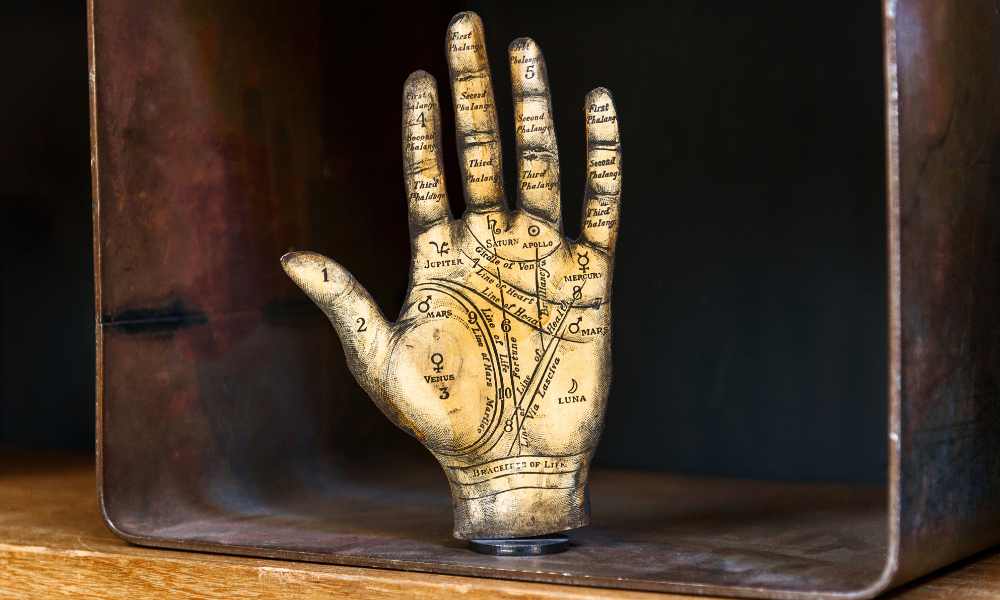
Lesson Two
The Lines of Palmistry - Learning palmistry opens a gateway to understanding the intricate lines that adorn the hands and wrists. These lines, such as the heart line, head line, and lifeline, unveil a narrative of one's personality, emotions, intellect, and life journey.
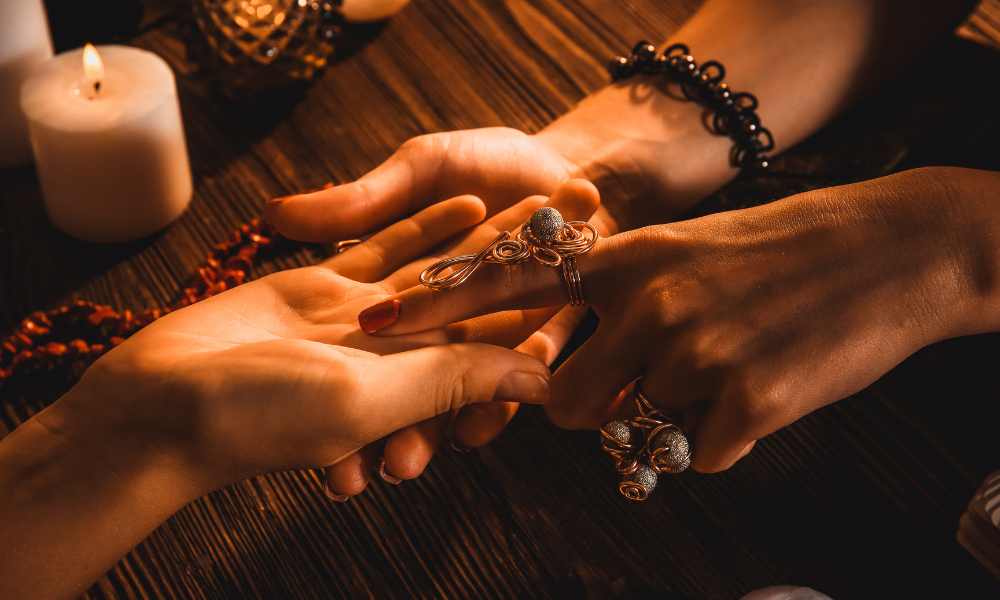
Lesson Three
Palmistry Hand Diagram - Delving into the art of palmistry involves a fascinating exploration of the mounts, the elevated areas on the palm associated with different planetary influences. Learning about these mounts unveils a wealth of information about an individual's strengths, weaknesses, and unique characteristics.
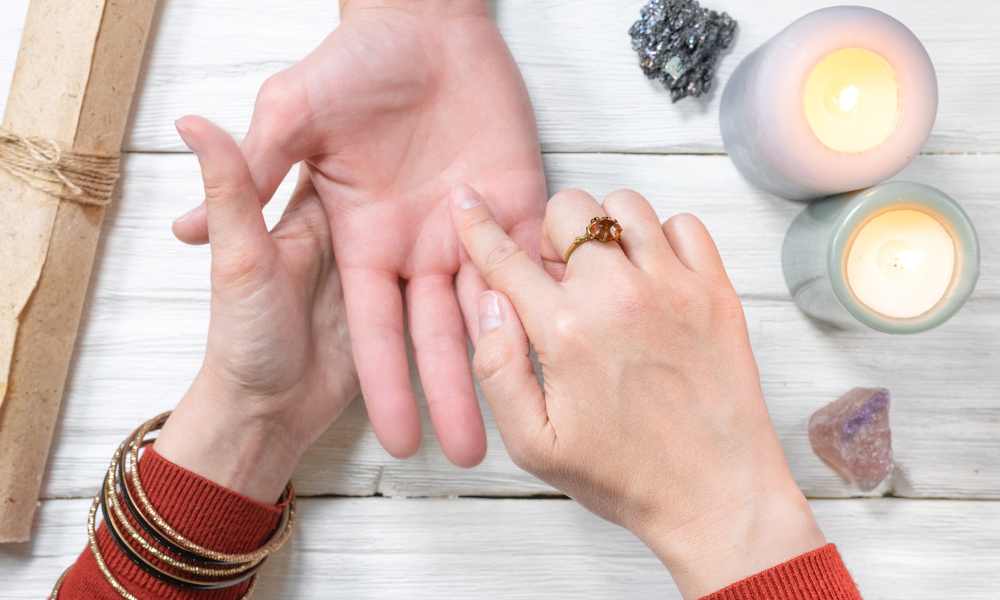
Learn the History of Palmistry
The history of palmistry is a captivating journey through ancient cultures and civilizations. Its roots can be traced back to ancient India, China, and Egypt, where it was practiced as a form of divination and self-discovery. The Greeks embraced palmistry and eventually made its way to Europe during the Middle Ages, gaining popularity among various societies.
